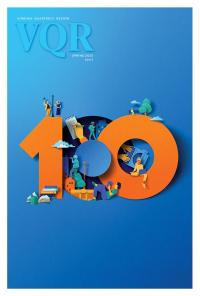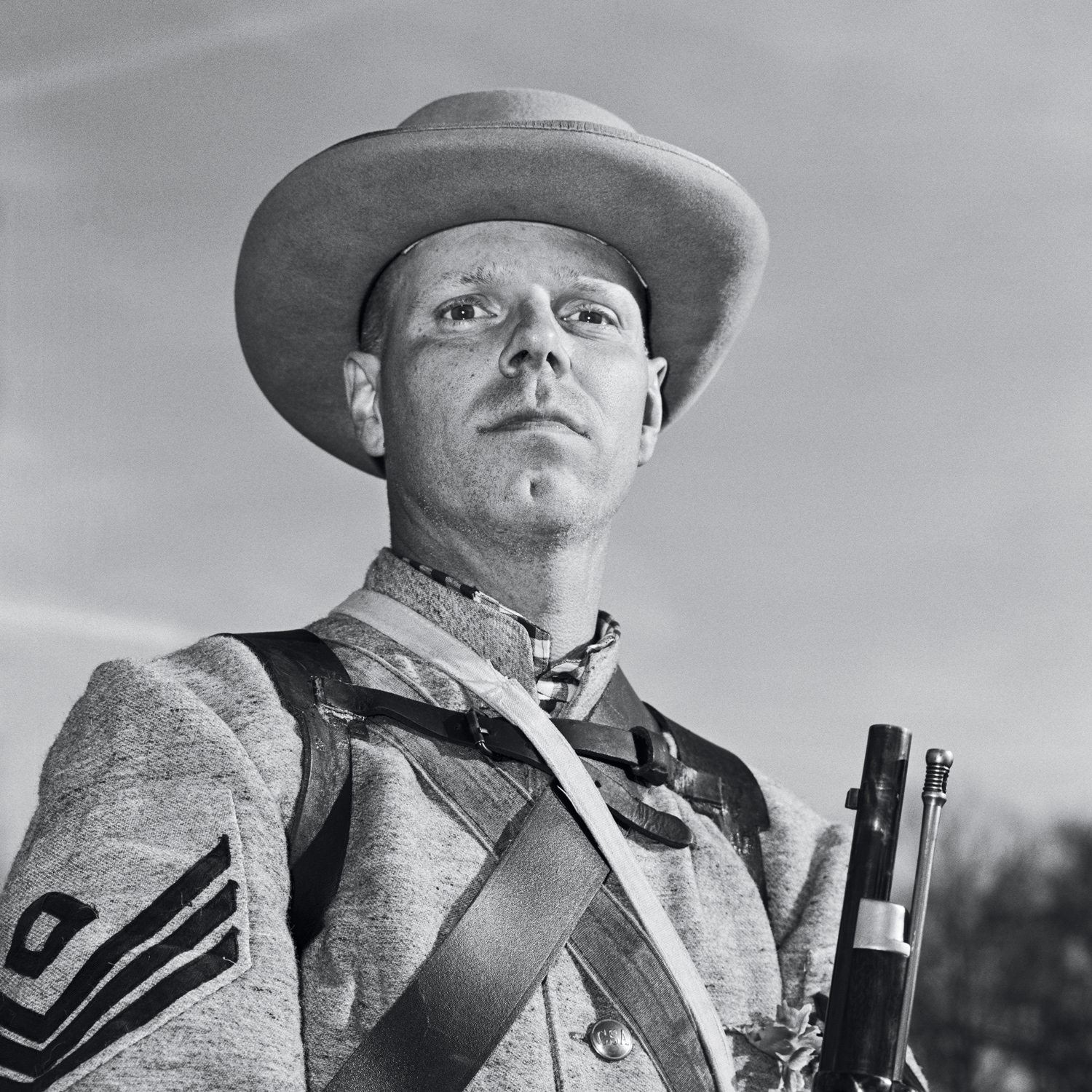
Lost Causes

Confederate reenactors take pride in their Southern heritage, but they struggle with the centrality of slavery and racism to the Confederacy.
You need an active subscription to view this content
You should really subscribe now!
Or login if you already have a subscription.
Issue: Summer 2014 / Volume 90/3
Published: June 10, 2014
Jonno Rattman earned his BFA from the Tisch School at New York University. His series of photographs “The Strange World of New York at Night” was featured in the New York Times. He is an assistant designer at Yolanda Cuomo Design, a book and exhibition design studio in New York City.

